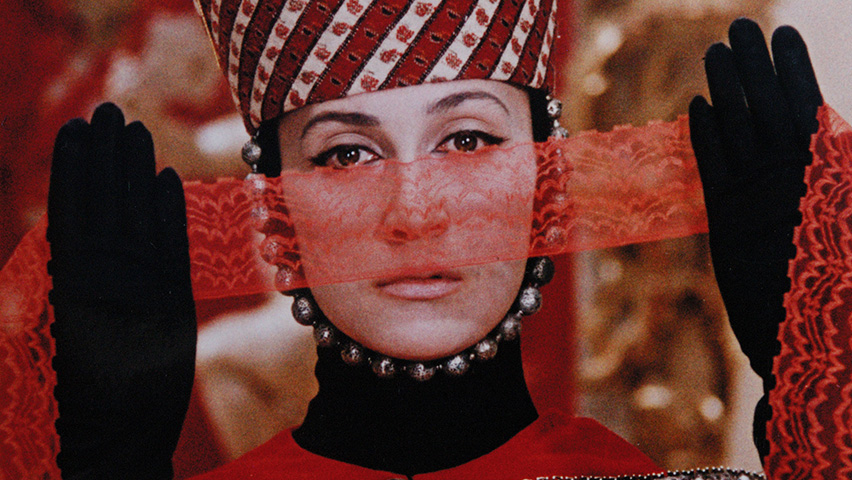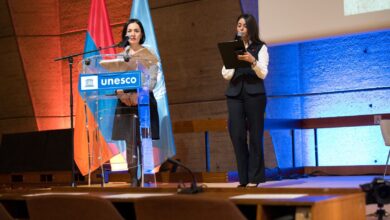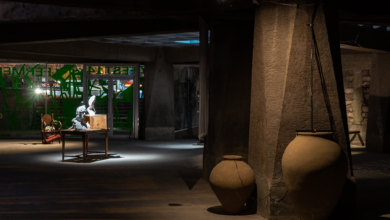“Stream of Light” & “Armenians in Mexico”: ACCEA to host two ethnographic exhibitions
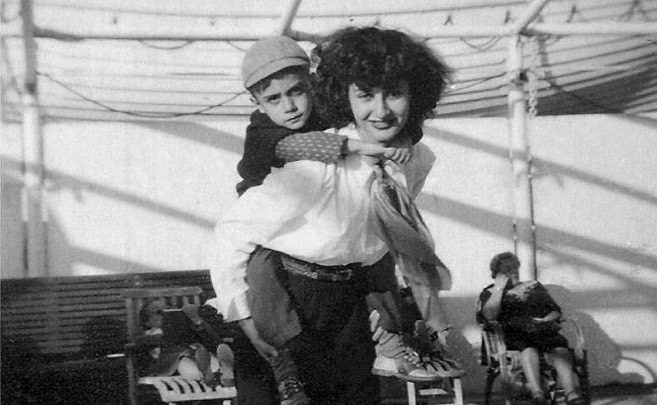
From June 13 to July 2, 2016, the entire Armenian Center for Contemporary Experimental Art (ACCEA) in Yerevan will be subsumed with ethnographic photography and documentation touching upon the little known world of diaspora Armenians during their ‘great’ repatriation to Soviet Armenia after World War II to the early 1970s in an exhibition entitled, Stream of Light. Equally, viewers of the ACCEA will have an opportunity to learn about one of the oldest settlements of Armenians in the diaspora: Mexico from 1632 to 1950s, in a side exhibition entitled, Armenians of Mexico. The opening reception will be held on Friday, June 17 at 18:00, with a special film screening at 19:30.
Armenians of Mexico
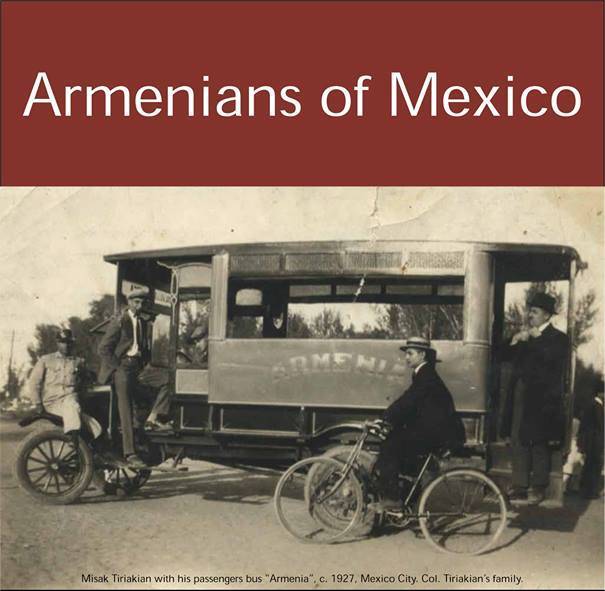
While the numbers are not many, Armenians traveling or doing business in Colonial Mexico (New Spain) has a history of over three hundred years ago. By the nineteenth century, some Armenians became well known in Mexican society, such as Jacobo Harootian, who was the first Armenian to be given status as a General in the army. The vast majority of Armenians who settled in Mexico were not there to search for adventure, but were victims of persecution, stemming from the genocide.
Over the years, the Armenians in Mexico failed to create the necessary institutions to preserve their identity, but some members of community kept their dreams of returning to their homeland very much alive. They considered their displacement in Mexico to be temporary and maintained strong bonds to other Armenian communities, especially in the United States. Today, the assimilated Armenian community has re-started a connection with their past and their identity. This exhibition is part of their process to maintain their memory and reconstruct their connection to their Armenian identity.
Major sponsorship for Armenians of Mexico comes from the Chitjian Foundation, the Embassy of the Republic of Armenia in Mexico, and CIESAS.
Stream of Light: Post-WWII Repatriation to Soviet Armenia
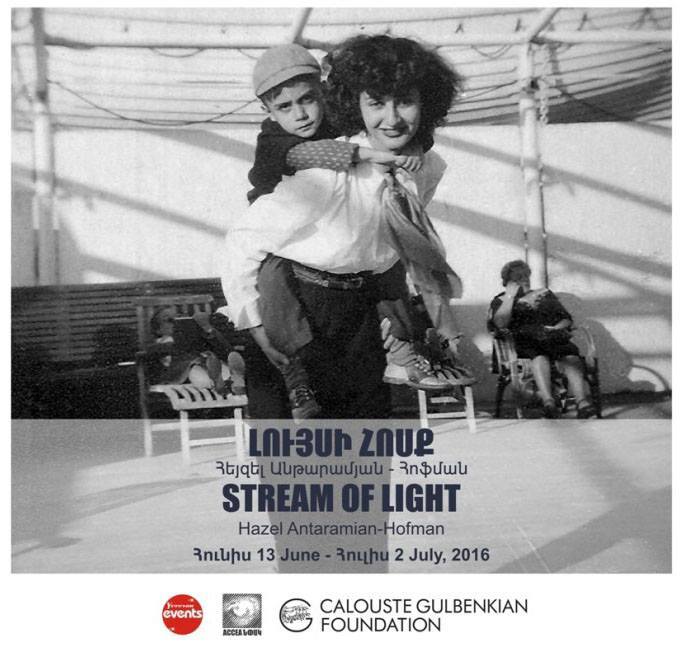 The post-WWII repatriation to Soviet Armenia indelibly changed the lives of those Armenians from the diaspora who entered the communist country in 1946 to 1949. As a young child I never fully understood my place within this anthropological phenomenon, born in Soviet Armenia to an American-Armenian father and a French-Armenian mother at the height of the cold war. This exhibition documents the historic and ethnographic path of Armenians in the Diaspora from the 1940s to the early 1970s with photographs from surviving repatriates and documents from national archives.
The post-WWII repatriation to Soviet Armenia indelibly changed the lives of those Armenians from the diaspora who entered the communist country in 1946 to 1949. As a young child I never fully understood my place within this anthropological phenomenon, born in Soviet Armenia to an American-Armenian father and a French-Armenian mother at the height of the cold war. This exhibition documents the historic and ethnographic path of Armenians in the Diaspora from the 1940s to the early 1970s with photographs from surviving repatriates and documents from national archives.
At great cost, the collective cultural and economic contribution of the repatriates illuminated a country placed in darkness during the Stalin years. Based on research of survivors, including interviews, and the collection of documents and photographs, the exhibition aims to enlighten those unaware of the sacrifices made, the lives shortened, and the lies endured in what was essentially a life-altering decision to ‘go home’ and live at the foot of Mount Ararat. Major sponsorship for Stream of Light: Post WWII-Repatriation to Soviet Armenia comes from the Calouste Gulbenkian Foundation.
About Carlos Antaramían
After studying International Affairs at the National University of Mexico (UNAM), Carlos Antaramián got an M.A. (2001) and a PhD (2006) in Social Anthropology from El Colegio de Michoacán (México). His research interests focus on migration and transnational communities, genocides, Armenian communities and the commemoration of the Armenian Genocide. He has published the book From Ararat to Popocatepetl. Armenians in Mexico (2011), and a documentary related to the settlement of Armenians in Mexico City after the genocide The Armenians in La Merced (2012). He was the curator of the Exhibition Armenia, an Open Wound in Museo Memoria and Tolerancia in Mexico City (2015) and at the Brand Library in Glendale (2016).
About Hazel Antaramian Hofman
With a background in both the sciences and arts, Hazel Antaramian Hofman has a M.Sc. in Environmental Policy and Planning (1994) and an M.A. in Art and Design (2011). She is an adjunct art instructor at Fresno City College, an independent scholar, and an artist with Fig Tree Gallery in Fresno, California. Her current independent project encompasses a six-year ethnographic project on the post-WWII repatriation to Soviet Armenia. She has presented her illustrated lectures on the topic nationally and internationally, and published work on the repatriation in the Paris publication, Nouvelles d’Arménie. Her latest article on the topic was published in a special edition of the Spanish publication, ISTOR, Armenia Una Historia.
More recently, Antaramian Hofman has been working with other visual artists as a videographer in documenting the making and philosophy of their art. She was a contributing art writer to the art catalogue, Body/Land: A 25-Year Retrospective of Anne Scheid (2016); the photograph catalogue of Saroyan: His Heart in the Highlands (2008), and the Fresno Art Museum art catalogue, Vostanik Adoian: aka Arshile Gorky (2006). She is a board member of the National Association for Armenian Studies and Research and the College of Arts and Humanities at Fresno State University.



